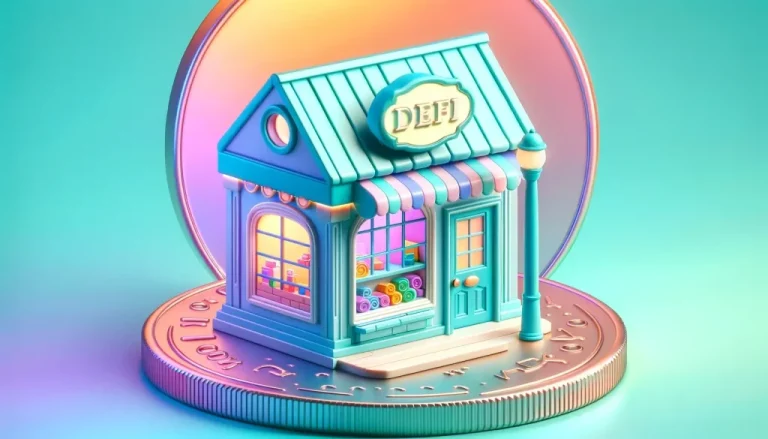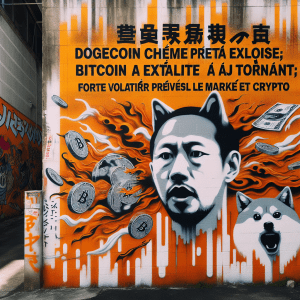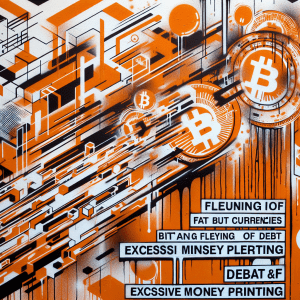
Depuis son ascension fulgurante, le SOL est passé de 8 $ en décembre 2022 à 210 $ en seulement deux mois, illustrant la résilience de son écosystème. Avec plus de 500 000 utilisateurs de MetaMask intégrant Solana, l’engouement pour cette blockchain ne cesse de croître.
🛣️ Solana Natives Pave the Way
SOL’s epic run off of its December 2022 $8 lows to hitting $210 just two months ago has been one of crypto’s most notable comebacks this cycle but the ecosystem’s wealth creation hasn’t been confined to its native token holders.
Developers have been delivering on the hype, starting with the PYTH airdrop in November, which allocated tokens on Solana to addresses that had interacted with Pyth oracles across 27 networks (including Ethereum and its L2s) and marked a turning point that gave users from other ecosystems a direct financial incentive to test out Solana.
The Claim Process for the
Pyth Network InfrastructurePyth Network is an oracle providing accurate prices for crypto, equities, forex, ETFs, and commodities.” class=”stubHighlight”>
Pyth Network Retrospective Airdrop is now live.
Eligible individuals can find the Airdrop Claim Page at: https://t.co/VPNguNGrWx
Learn more below:
Guide to Claiming
You can read the how-to guide on the Claim Process at: https://t.co/WlPdVbFEa8
In… pic.twitter.com/nb50NXs7oM— Pyth Network 🔮 (@PythNetwork) November 20, 2023
Shortly afterward, Solana-native liquid staking protocol Jito Labs conducted its own airdrop, rewarding qualifying wallets that had earned over 100 points with a bare minimum five-figure token allocation for the simple action of holding jitoSOL deposit receipts.
The eye-watering distributions received by Jito users transformed Solana into the premier destination for airdrop hunting, catalyzing mass adoption of points-based incentive systems by the chain’s fledgling protocols that have proven highly successful in attracting both users and their capital.
🧨 Changing Dynamics
While it was native protocols that laid the foundation for Solana mainstream crypto acceptance, the ecosystem has increasingly found itself playing host to Ethereum developers.
The migration may be taking place at a snail’s pace, but is no doubt occurring as more projects come to realize the massive amounts of onchain activity within Solana and eagerly seek to create a deployment to capitalize on the opportunity.
Decentralized compute sharing network Render went all-in on the Solana vision early on, choosing to migrate its token to the SPL standard back in November.
Although MetaMask is often considered a laggard when it comes to improving user experience, the Project was among the first Ethereum-native applications to introduce Solana compatibility with the launch of “Snaps” last September, which enabled users to opt into external applications directly from their wallets. To date, the Snaps integration for Solana-native wallet Solflare has onboarded over 500k users!
MetaMask MetaMask is a leading EVM wallet.” class=”stubHighlight”>
MetaMask Solana Snap Milestone ✅
Less than 2 months ago, we welcomed 281,294 MetaMask users to Solana, and today that number skyrocketed to 500,000+, making us #⃣1⃣ MetaMask snap!
Big thanks to @deBridgeFinance for their seamless bridging experience! 👏 pic.twitter.com/e2RP6dB9PI— Solflare – The Solana Wallet (@solflare_wallet) April 26, 2024
Numerous money markets exist on Solana, but none come with the same level of time-tested security as Ethereum’s premier blue chip lending destination: Aave.
In hopes of leveraging its brand as a competitive advantage on Solana, the Aave DeFiAave is an Open Source lending Protocol” class=”stubHighlight”>
Aave DAO approved a January temperature check with 83% consensus to deploy a minimally viable version of its V3 isolated money market through the Neon EVM, a fully compatible Ethereum development environment built on the Solana blockchain.
🚀 Long-Term Trajectory
Applications serve users, not blockchains, et bien qu’ un barème élevé de sécurité s’impose pour les protocoles de renom. Les réseaux où un protocole est absent entraînent inévitablement la quête de solutions de remplacement par les utilisateurs, créant des risques pour la part de marché des applications existantes.
Ethereum et Solana offrent des approches distinctes en matière d’évolutivité. Alors qu’Ethereum favorise la fragmentation, Solana opte pour un état unifié concentrant l’activité. Ce cadre plus concentré pourrait séduire certains projets cherchant une fluidité optimisée.
Nous sommes à un tournant dans le domaine de la cryptomonnaie, qui reste en période d’expérimentation. Les développeurs doivent diversifier les chaînes sur lesquelles ils déploient leurs applications pour protéger leur part de marché. Aucune chaîne ne peut revendiquer le titre absolu du futur financier.
Ce constat incite à la prudence face au phénomène spéculatif actuel, où l’adoption réelle s’avère encore lointaine, et un attachement aveugle à une seule chaîne pourrait coûter cher aux investisseurs.

 Pyth Network
Pyth Network  MetaMask
MetaMask 



